Components of a comprehensive exercise program. Everyone has different goals, restrictions, or limitations that effect what type of exercise program fits them best. However, a comprehensive program that covers many different components of fitness will give you the most optimal program. A through program should address cardiorespiratory fitness, muscular fitness, flexibility, and nueromotor fitness which includes balance, coordination and agility, having proper nutrition, and allowing ample time for rest and recovery. So, let’s look at why each of these are important. 1. Cardiorespiratory fitness which is also referred to as aerobic fitness is the ability for the circulatory and respiratory systems to take in oxygen and deliver it to the muscles, and once delivered, how well the muscles are able to absorb and use the oxygen to generate energy. Cardiorespiratory fitness training activities include walking, jogging, sprinting, cycling, swimming, using aerobic machines, and playing sports. 2. Muscular fitness which is also referred to as resistance training includes both muscular strength and muscular endurance. Muscular strength is the ability for a muscle, or group of muscles to exert force, and muscular endurance is the ability of a muscle, or group of muscles to continue performing over a duration without fatigue. Muscular fitness training can include using free weights, using machine or cable stacked weights, using loop bands or cords, performing body weight exercises, and performing underwater exercises, basically any movements performed against a resistance. 3. Flexibility exercises are the stretching of muscles and tendons to improve joint range of motion, and physical function. Flexibility improvement is done through stretching. There are many types of stretches to improve flexibility with the 2 most popular being static stretches and dynamic stretches. Static stretches consist of slow movements into a peak position, then holding that position. Dynamic stretches is moving parts of the body through a full range of motion, while slowly increasing the reach or speed of the movement. 4. Neuromotor fitness involves activities that improve an individual’s motor skills such as the ability to balance, and perform coordinated movements while maintaining a solid equilibrium. Neuromotor fitness activities include yoga, tai chi, balance board movements, bosu ball training, single leg resistance training, compound resistance movements and playing sports. 5. Nutrition is just as important, if not more so, to a comprehensive program as anything listed previously. Proper nutrition provides the nutrients to allow muscles to recover and grow, allow the body to replenish used atp energy and glycogen, avoid dehydration and replace lost electrolytes. Consuming vegetables and fruits, eating whole grain products, complete protein foods, healthy fats, and drinking plenty of water are great ways to provide your body with the nutrients it needs to repair, recover and energize itself before after and in between workouts. 6. Rest and Recovery time is another important aspect to an exercise program. Giving ample time between workouts to allow muscles to repair and recover is vital. Typically 48 hours between strength training sessions is optimal, however, beginners may need to allow more time for recovery. Intense cardio sessions usually require 48 hours as well, with lower intensity sessions requiring less time between sessions, but this really depends on the individual’s fitness level. Flexibility sessions can usually be done daily, again depending on the individual. Neuromotor fitness activities are usually incorporated into strength or cardio sessions, so again, 48 hours, depending on the intensity and fitness level. Having rest days and getting good quality consistent sleep are also key components to keep in mind. In closing, I wanted to give you a basic overview of things to consider when planning out your own exercise routine. Creating a routine that is well rounded, that improves your strength, circulatory and respiratory function, makes everyday movements easier and improves your overall health is key.
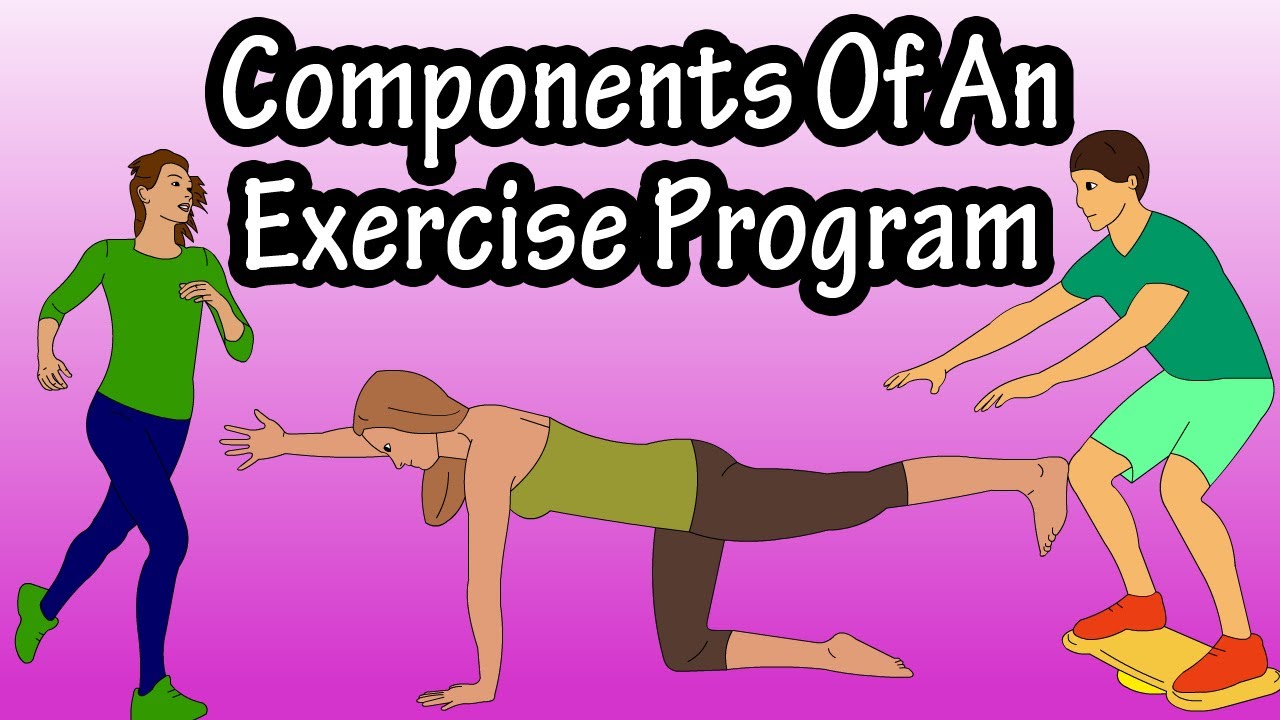
Exercise Programming – Components Of An Exercise Workout Program Routine- Fitness Programming Design
- Post author:
- Post published:May 14, 2021
- Post category:Uncategorized
- Post comments:0 Comments
You Might Also Like
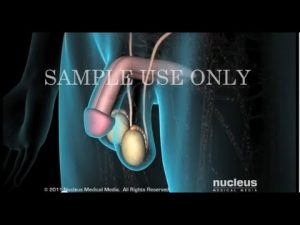
Patient Education Video: Low Testosterone
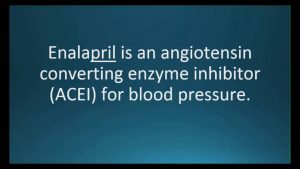
How to pronounce enalapril (Vasotec) (Memorizing Pharmacology Flashcard)

Intermittent Fasting & Fasting Video – 8
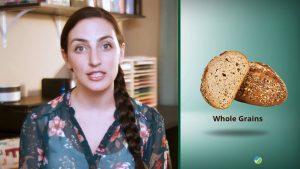
Pregnancy Food Guide: What to Eat and What Not To Eat?

30 Variations of Ab exercises!
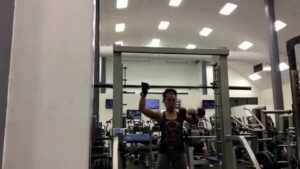
Shoulders single arm front raises isolating delts 4×12 25#s DB here. SS with bend over side raise

First Aid Video – 3
Hyperextension With ball-10
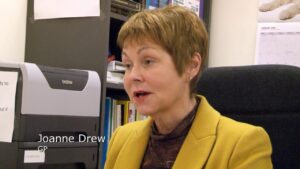
Branches of Physiotherapy Video – 22
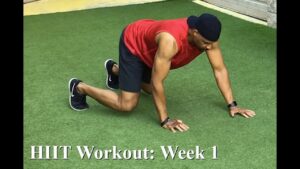
High Intensity Training Video – 1
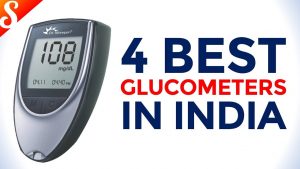
4 Best Glucometers in India with Price
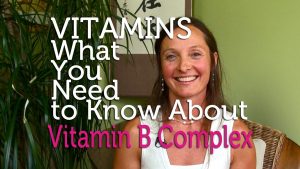
Why You Need Vitamin B Complex
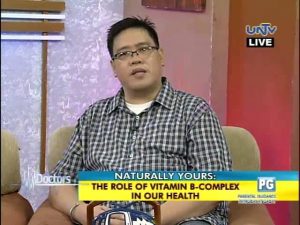
Importance of Vitamin B-Complex to our health
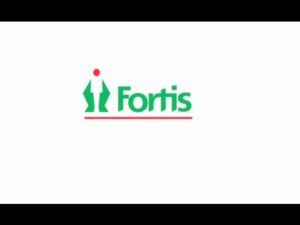
Learning Disability Video – 2

Try This Rear Delt Exercise Next Shoulder Day
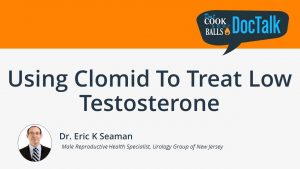
Using Clomid To Treat Low Testosterone
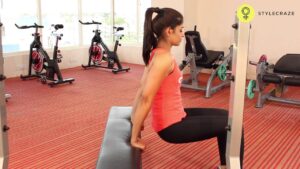
Triceps Dips-6
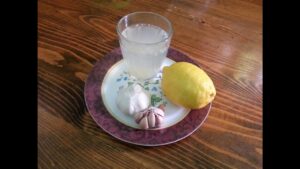
How to lower blood pressure quickly and naturally

Lying Triceps Extension-1
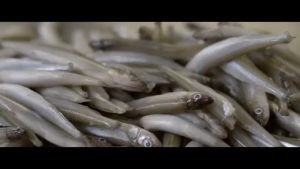
Nutrilite Omega 3: Essential fatty acids from four fish sources
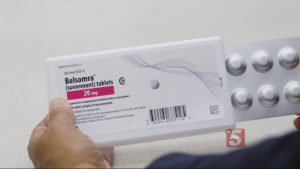
Testing The Latest Sleep Medicine
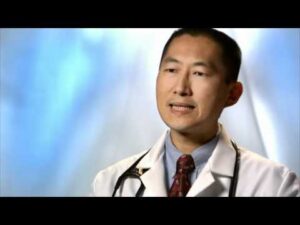
Oncology Video – 2
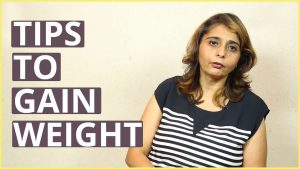
9 Best TIPS TO GAIN WEIGHT By Dietitian Jyoti Chabria
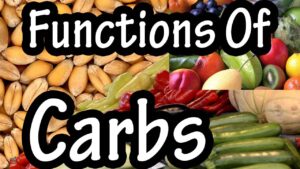
Functions Of Carbohydrates – What Do Carbohydrates Do In The Body – Importance Of Carbohydrates
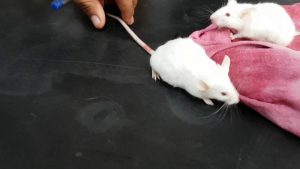
diazepam farmacologia I

Medical Spa Club Video – 2

Sedi-Rate ESR System from Globe Scientific

How many meals to eat in a day? | Fitness and Nutrition Expert | iTheFitDiva

Chest Exercises: Bench Press

The Supplement Timeline (What Age – Which Supplements!)

Oxygen, Antioxidants, and Free Radicals

Biceps Barbell Curl??

9 Foods That Make You Fat

How The Body Reacts To Tuberculosis

Clinical Neurophysiology Video – 1

Obstructive Jaundice – Medical Tutorial

Inhalational Route of Administration

Choose Your Best Donkey kick I Choose Jen selter Video , jen selter workout

Pharm Team Alisa Half-Life

Muscle Building Workout & Squats Video – 3

HGH, Growth Hormones & Plant Hormones Video – 38

